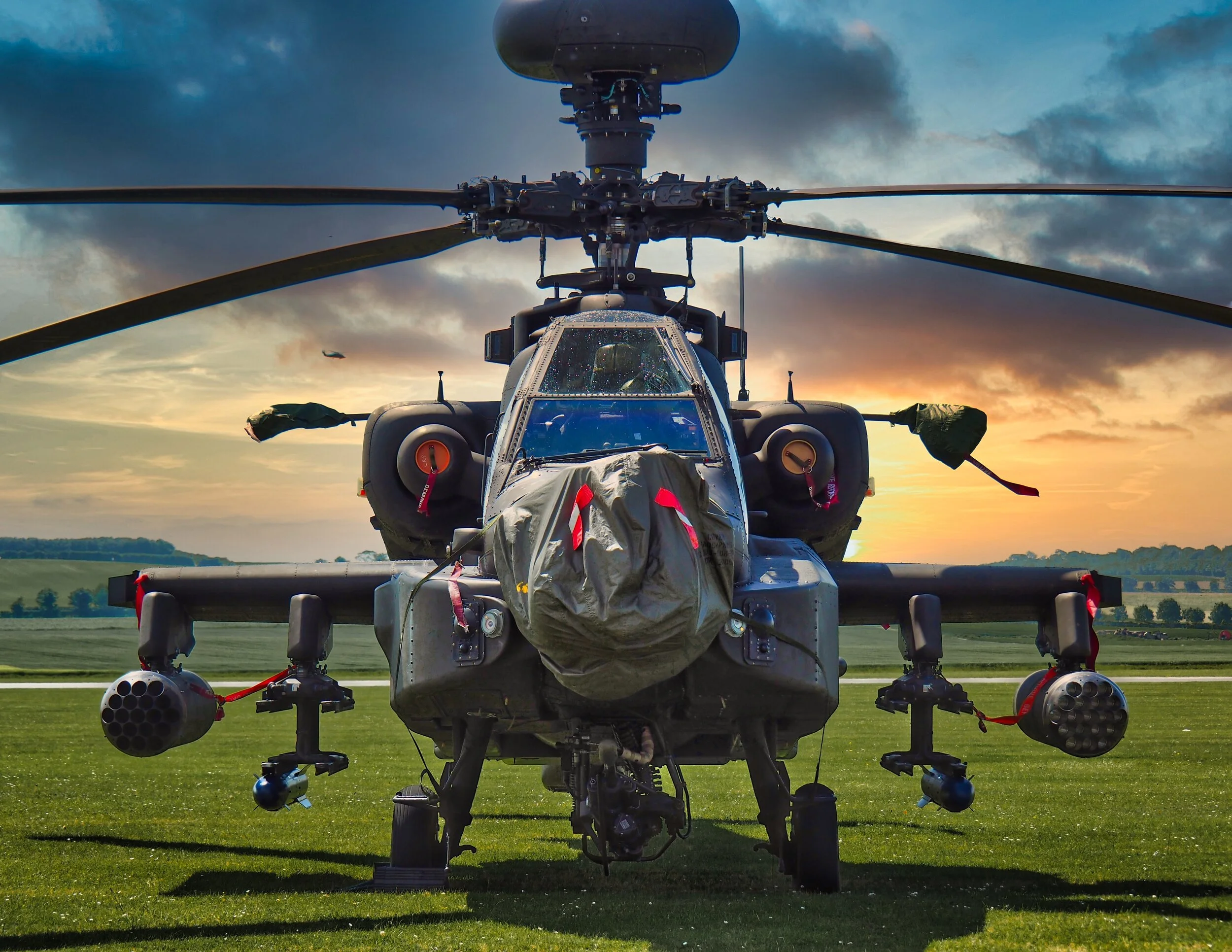Let’s talk about Sky Replacement. In some circles, artificially removing the sky in photos and replacing it with a more appealing sky is viewed in a very negative light. Others, specifically landscape photographers, seem to view sky replacement as a necessary evil as you don’t always get the sky you were hoping for, and not everyone has the time to go back to an exotic location for a re-shoot. So, who is right? Is sky replacement evil, or is it just another tool in a photographer’s toolbox?
So, what exactly IS sky replacement? Sky replacement is exactly what it sounds like, using a photo editing tool such as Enlight Quickshot (iOS) or Luminar 4 (Mac/Windows) to replace the sky in a photograph with another more interesting (or more “dramatic”) sky. In the past, this was done using Photoshop by masking the sky and then manually loading up a replacement sky into the mask. Sounds simple but in reality, it was anything but mostly due to how much extra editing you had to do in order to make the sky look right. Everything from colors to which direction the shadows were going, all had to be carefully managed in order for the replacement sky to not stand out as a post-capture edit. To help make the final photo look right it was common for a photographer to re-visit the same location on a day when the sky looked better just to ensure that the replacement sky was a good fit. The bottom line is that up until recently sky replacement was an advanced photography technique that virtually nobody did very often. Just getting the mask right in Photoshop was crazy hard and often ended in tears.
Welcome to the world of AI. Where once we were manually editing layer masks, now we can just perform sky replacements without doing hardly any work and the results are nearly perfect. Behind the scenes, AI is using a neural network trained using (likely) thousands of hand-done masks in order to become exceptionally good at performing the required masking without any human input. This is exactly the kind of task that AI is uniquely suited to, something where there is enough data, and the task is annoying repetitive. AI not only does the heavy lifting for the masking but also calculates the overall changes needed to correctly blend the sky into the rest of the image. Where previously you needed to manually perform color and other corrections, now the AI does this automatically and way better than you might have been able to do given human patience.
So back to our question; is this “cheating”? Like with all drastic image manipulation, the answer is likely a solid maybe. It really depends on what the intended use of the image is. If you are attempting to create something that will clearly be viewed as an artistic work, then I don’t think sky replacement is going to really impact how people view your results. It will either look good or it won’t. If the image in question is being used to document an event or how a location looked at the time the photo was taken, then I personally feel that performing a sky replacement is completely unwarranted and should be avoided at all costs. However, here is where things get murky. What if you do a sky replacement for the express purpose of making an image look more dramatic so as to be more “likeable” on social media? I suspect this is being done far more often than you might think, and to great effect. Allow me to demonstrate with some examples.
Example #1 is an image of some mountains that is most definitely not a bad photo but does lack the kind of “pop” you need to get the likes on various photo sharing sites.
Example #2 is the same image after the sky has been replaced. You can clearly see how this image is far more appealing and would be much more likely to get attention on social media.
Ok, so maybe that’s one use case where you can say I was using sky replacement in a way that’s really harmless and effective for this type of photo. But how about another example, this time I am not using a landscape shot, but a photograph that was from an event. Does it still have the same effect, and would this still be OK? As much as this photo looks awesome, I don’t think it would be something I would want to use as it does not really represent how the event really looked. Even the helicopter in the distance is completely fake!
Fundamentally, the whole issue of sky replacement opens up the can of worms around just how much image post-processing is acceptable. Like I said earlier, there is no right answer, but with new AI-powered technologies allowing for more and more editing options, we can expect images to look better without all of the hard work. One day, it might even be possible to have AI fix even the worst photographs but until then, happy shooting!



